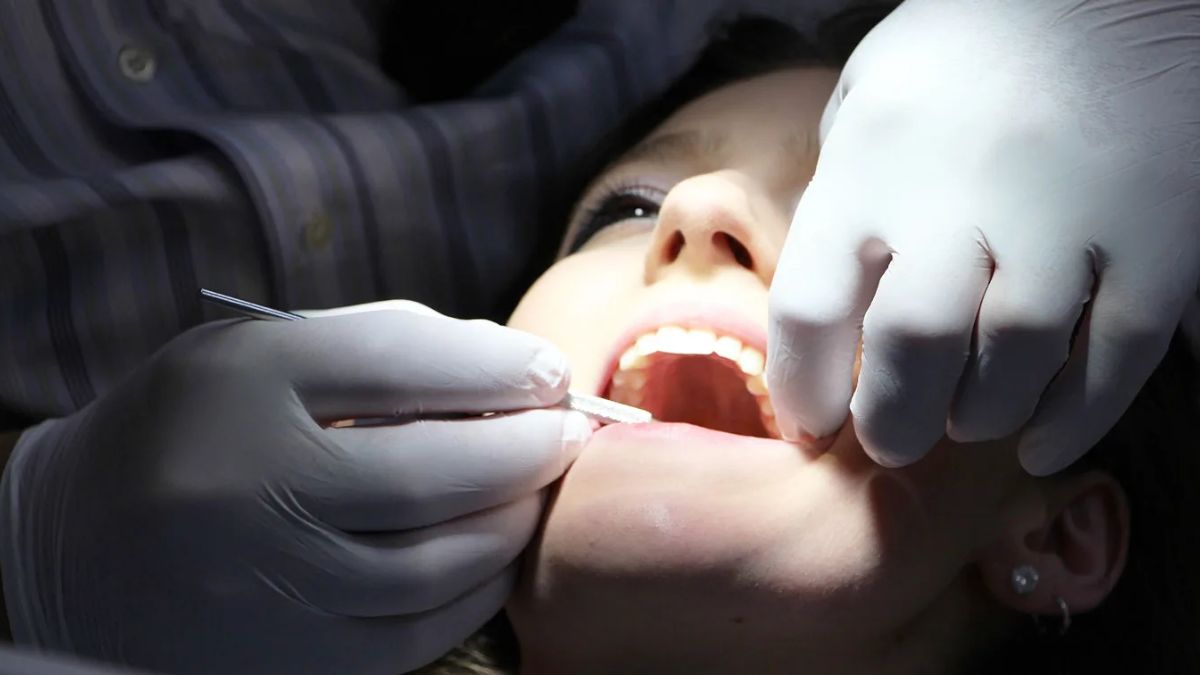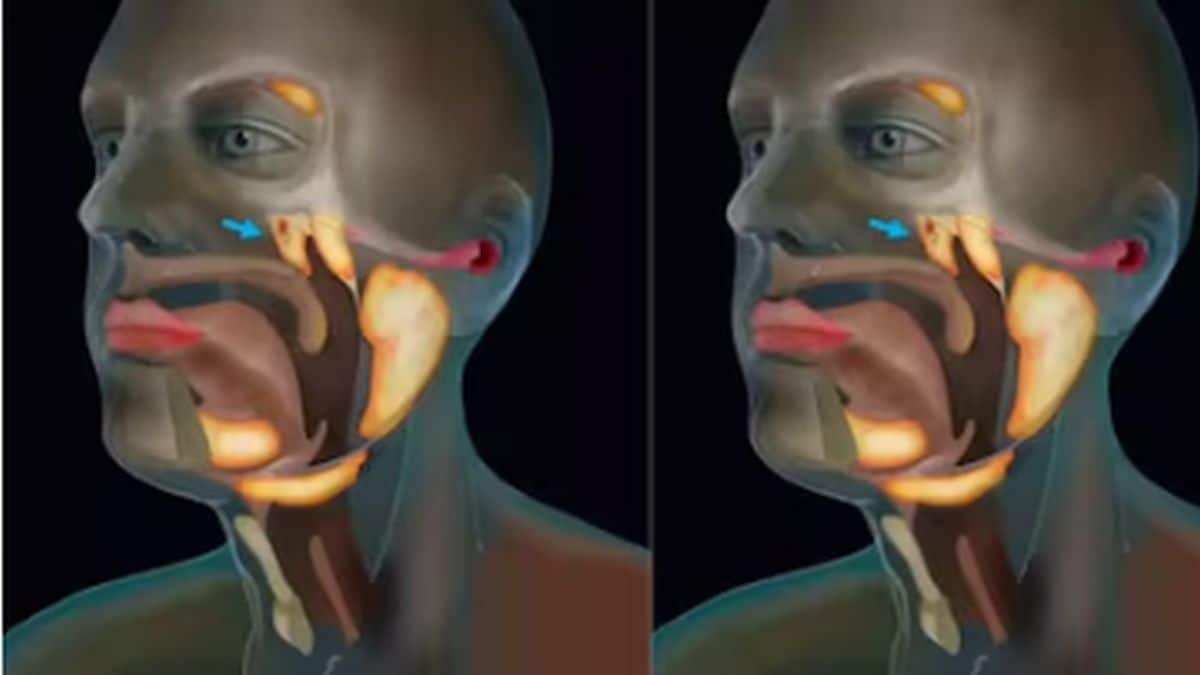It might sound bizarre, but your morning bathroom trip could someday help fix a broken tooth.
A team of scientists at the University of California, Irvine, have figured out a way to turn human urine into a key material used in dental and bone implants.
Human urine is usually flushed away without a second thought. But in large amounts, it can actually harm the environment by overwhelming water systems with excess nitrogen and phosphorus. But now, researchers are flipping the script and turning this everyday waste into a valuable medical resource.
Here’s how they’re doing it.
Waste to wonder
At the heart of this breakthrough is a genetically engineered yeast developed by scientists at UC Irvine, in collaboration with researchers from institutions in the US and Japan.
Called “osteoyeast,” this specially designed system can convert urine into hydroxyapatite (HAp)—the same mineral that gives our bones and teeth their strength and structure.
In the human body, it’s the job of bone-forming cells, known as osteoblasts, to pull calcium phosphate from body fluids and produce HAp. But osteoblasts aren’t suited for mass production. So, the researchers built a synthetic version of these cells using yeast.
The modified yeast mimics osteoblasts by breaking down urea from urine, which raises the pH levels inside the cell. This shift triggers the formation of small compartments that gather calcium and phosphate.
Inside these compartments, the materials begin to crystallise into hydroxyapatite, which is then pushed out of the cell. The result? Up to 1 gram of HAp can be produced from just a litre of urine.
Notably, this biocompatible calcium phosphate mineral is widely used in bone and dental implants, archaeological restoration and biodegradable materials.
The market for HAp is projected to exceed USD 3.5 billion by 2030, with sales price (over USD 80 per kg) enhancing the monetary attractiveness of UD processes, the study revealed.
A dual purpose
Scientists behind the innovation say the process offers a win-win solution.
“On the one hand, it helps remove human urine from wastewater streams, mitigating environmental pollution and the buildup of unwanted nutrients; and on the other hand, it produces a material that can be commercially marketed for use in a variety of settings,” David Kisailus, co-author of the study and professor of materials science and engineering at UC Irvine, told Interesting Engineering.
Kisailus explained that the entire process of creating hydroxyapatite takes less than a day.
“The fact that it uses yeast as a chassis, which is inexpensive and can be placed in large vats at relatively low temperatures—think about beer that’s made via fermentation processes and is well scaled—shows that this can be done easily without major infrastructural needs, and that has the added benefit of making it accessible to developing economies,” he said.
Because the system relies on yeast, it could be especially useful in areas without access to high-tech manufacturing, opening the door for more widespread production of advanced medical materials.
Looking ahead, the team is also exploring the structural potential of hydroxyapatite. “We are currently developing strategies to leverage this yeast platform with our 3D printing and structural knowledge to make multifunctional architected materials,” Kisailus added.
The project was supported by major US agencies, including the Department of Energy, DARPA, and the Air Force Office of Scientific Research. Their findings were recently published in Nature Communications under the title: Cost-effective urine recycling enabled by a synthetic osteoyeast platform for production of hydroxyapatite.
With input from agencies


)

)
)
)
)
)
)
)
)



